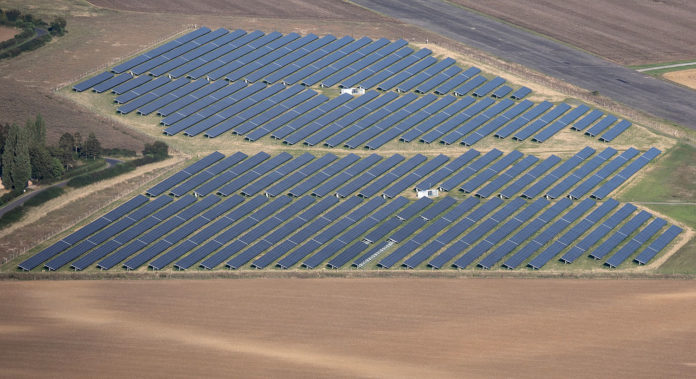China is already leading in the renewable energy market. It is currently the world’s largest producer of wind and solar energy. The annual capacity of renewable energy in China reached nearly 895 gigawatts in 2020, an increase from around 136 gigawatts from the previous year. As the energy sector is facing a transition to renewables, China is growing its capacity faster than anyone else.
Now, it is planning to install solar and wind parks with a combined power generation capacity of 450 GW in the Gobi desert and other desert regions as a part of the efforts to boost renewable energy and thus meet climate goals.
At the end of the last year, China had already installed a capacity of 308GW of solar and 328GW of wind-powered energy in place. In addition to this, about 100GW of the new power capacity is currently under construction in the desert area. Chinese president Xi Jinping has pledged to bring China’s total wind and solar capacity to at least 1,200 GW by 2030, as part of the country’s plan to see its carbon emission peak.
At 450 GW, China is going to build the biggest scale of solar and wind power generation capacity on the Gobi and desert in history, He Lifeng, director of the National Development and Reform Commission (NDRC), said at an event.
He also said that China’s electricity grid would be backed by high-efficient coal-fired power plants and ultra-high voltage electricity transmission lines. Coal-based power plants could generate a stable baseload power supply to renewables, which can fluctuate due to variable weather conditions. This was necessary to ensure the steady operation of the grid system amid large-scale renewable power installation.
The NDRC also said in its 2022 report that China will continue to use traditional sources of energy, especially coal and coal-fired power, to address peak-time demands, Reuters reported.
